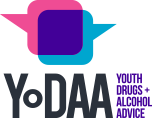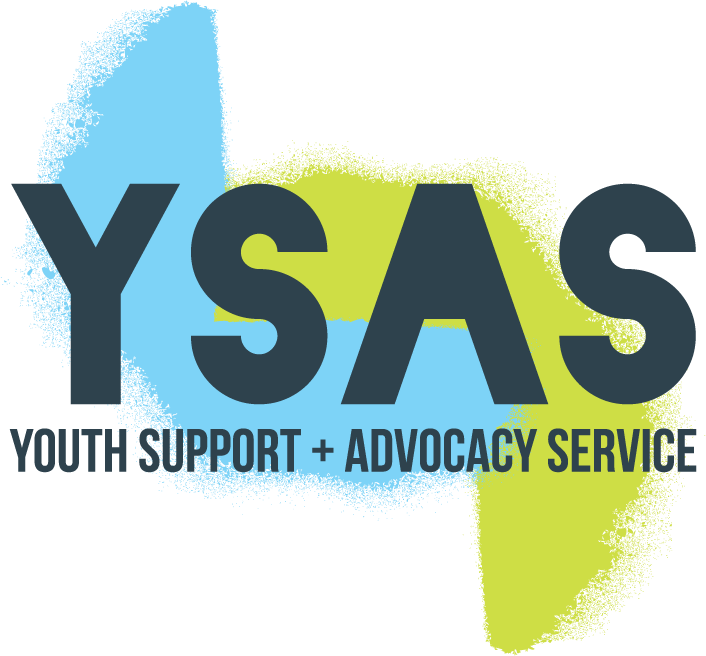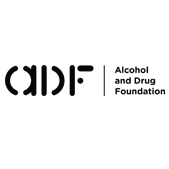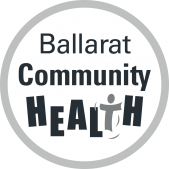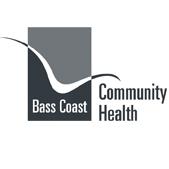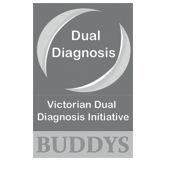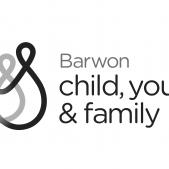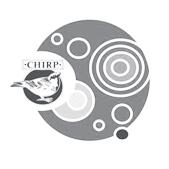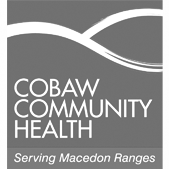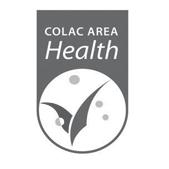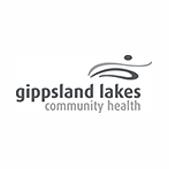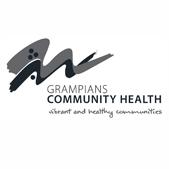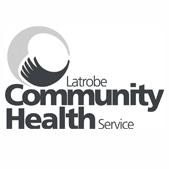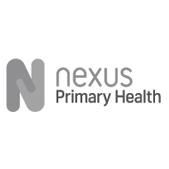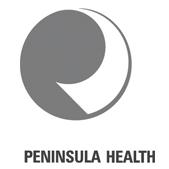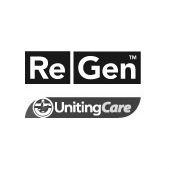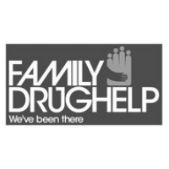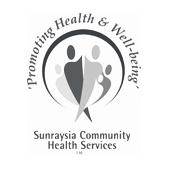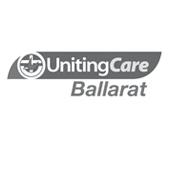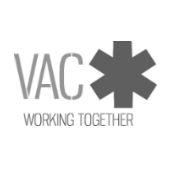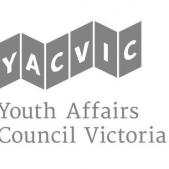Drug Facts
Inhalants-Fast facts for schools
Young people who have recently used inhalants may have lessened inhibitions, euphoria, dizziness, mood swings, aggression, vomiting and more rarely, blackouts
WHAT?
Inhalants are substances inhaled through the nose or mouth that depress or slow down the messages between brain and body. They are usually household chemicals such as volatile substance, aerosols, gases and nitrates. Inhaling can help a young person temporarily forget stress or problems
OTHER NAMES
Glue, gas, sniff, huff, chroming, poppers, nanging, spraying, paint snigging, glue sniffing, volatile substances. Also various product brand names such as "sellys all clear".
SIGNS SOMEONE HAS RECENTLY USED THIS DRUG
Many inhalants will have a strong, recognisable smell. This can linger on the skin and clothing of a young person who has been using them. In the instance of a young person inhaling paint, the colour may temporarily stain their hands, mouth or nose.
Young people who have recently used inhalants may have lessened inhibitions, euphoria, dizziness, mood swings, aggression, vomiting and more rarely, blackouts. The high is felt immediately and can last up to 45 minutes.
SIGNS THAT SOMEONE MIGHT BE USING OR DEALING AT MY SCHOOL
Inhalants are commonly sprayed into a plastic bag or onto a towel or rag which is then held over the nose and mouth and vapours inhaled.
Chemical-soaked rags or clothes, red runny eyes or nose, loss of appetite and unexplained paint or chemical stains on face or fingers are signs to be aware of.
HOW COMMON IS USAGE?
In 2013, 3.8 per cent of Australians over age 14 had used inhalants (National Drug Strategy Household Survey, 2013).
IMPLICATIONS FOR THE CLASSROOM
It’s important to differentiate between low level experimentation (sniffing school stationary in the classroom for example) and more problematic inhalant use.
As with all substance use amongst young people, problematic use is almost always a sign of psycho-social vulnerability. A young person who is using inhalants during lunchtime may appear disruptive an unfocused or withdrawn and ‘in their own world’. Sending them to or providing a calming, supervised environment would be an appropriate temporary measure.
Schools can contact YoDAA to discuss care planning for a young person using inhalants.
IMPLICATIONS FOR SCHOOL CAMP
Many inhalants are also useful household products. Excessive use of a product (such as deodorant) during adolescence does not necessarily mean a young person has a drug problem.
If you do suspect inhalant use on school camp, it is important to note that overdose and death can occur.
Hallucinations, inability to be roused or woken are signs to call an ambulance immediately. The risk of Sudden Sniffing Death Syndrome (SDSS) is increased when a young person engages in physical activity after using inhalants.
In case of emergency put young person in recovery position, if in enclosed area allow fresh air in and call an ambulance.
For a more comprehensive guide we recommend the ADF’s fact sheet.
